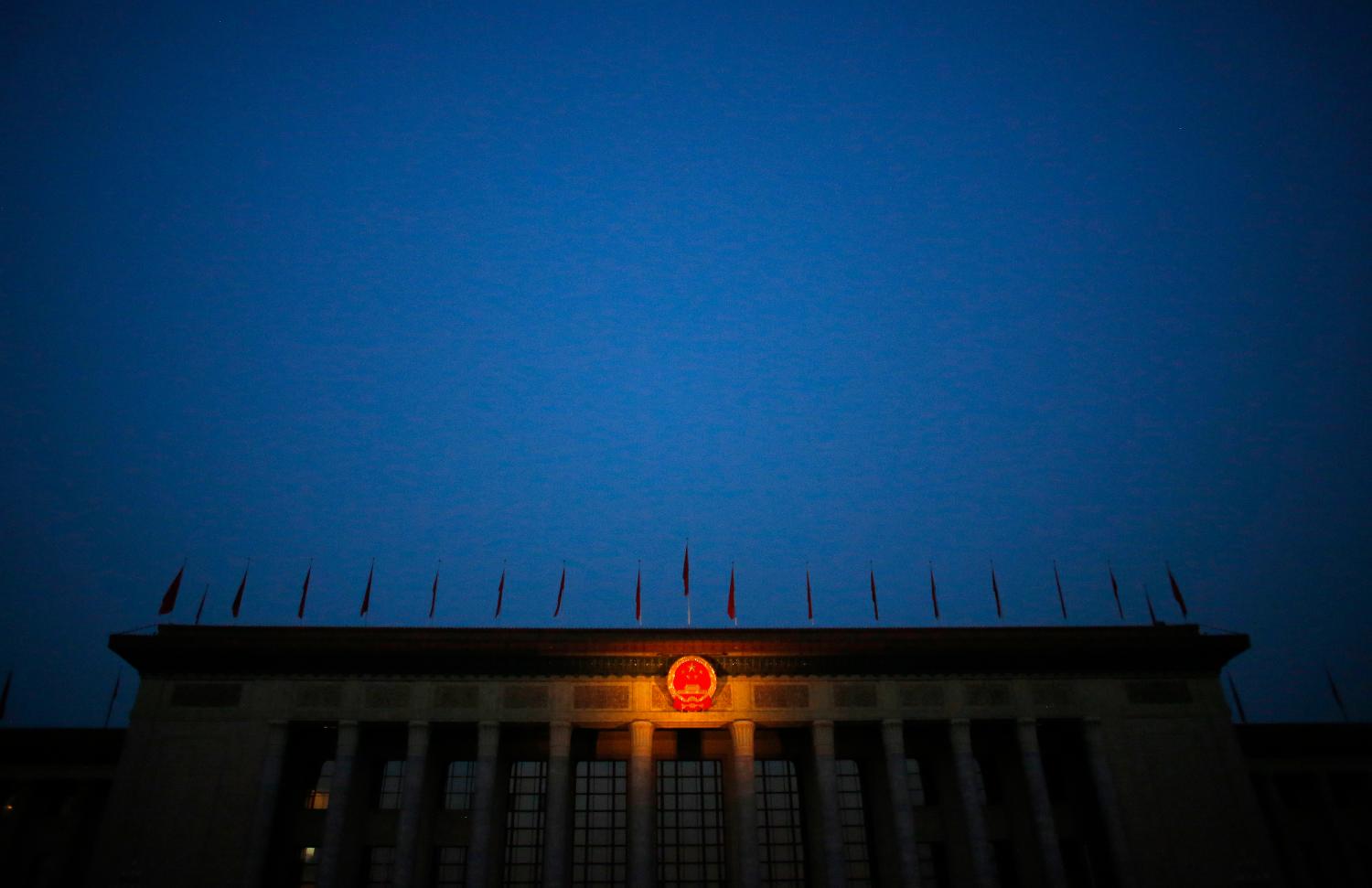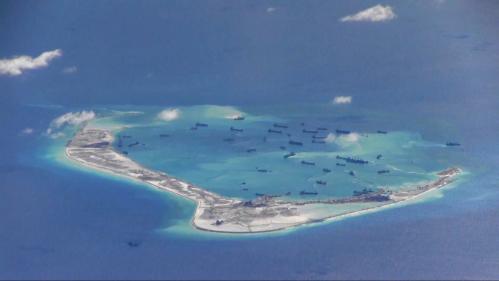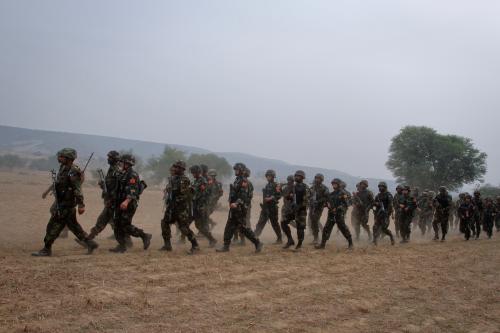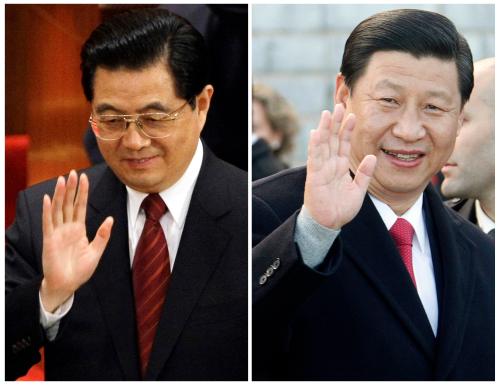China’s growing economic clout and President Xi Jinping’s emphasis on national security have further elevated attention to Beijing’s use of economic statecraft. While Deng Xiaoping prioritized an external stable environment to achieve economic development and integration, Xi’s approach suggests a greater emphasis on using economic means for the pursuit of security goals. At the same time, economic statecraft has long been part of China’s foreign policy toolkit. During the Cold War, Beijing offered aid to entice countries away from the Soviet Union’s orbit. Beijing’s use of economic inducements to peel away Taiwan’s diplomatic allies and its use of economic retaliation over issues such as territorial disputes and Tibet are also well-documented.
In this article, I examine the role of economic statecraft in China’s contemporary foreign policy and the evolution of goals and strategies under Xi’s leadership; evaluate the record of political effectiveness and continued challenges; and conclude with policy implications.
Evolution of China’s economic statecraft under Xi
Economic diplomacy became a more prominent feature of China’s foreign policy in the 2000s, including high-level visits and expanded trade and investment frameworks. In particular, China’s relative success after the 2008-09 financial crisis, in contrast to most Western nations, sparked a major shift in Beijing’s approach, leading it to become more ambitious and confident in its economic statecraft. The Chinese government adjusted its outward economic policies toward taking on a more proactive leadership role, reforming economic governance, and exercising greater international influence. Chinese leaders saw this as in line with China’s status as the world’s second-largest economy.
Under President Xi Jinping, these trends have accelerated in the form of more concrete initiatives and the development of a more aggressive form of economic statecraft. China’s “going out” strategy of encouraging outward investment by Chinese firms was repackaged into the sweeping Belt and Road Initiative (BRI, formerly One Belt One Road), which is now part of the Party constitution and is seen as Xi’s signature foreign policy initiative. While stemming from the “March West” strategy originally articulated by influential Peking University scholar Wang Jisi, which advocated for China to focus its foreign policy engagement on Central Asia and the Middle East and minimize zero-sum tensions with the United States in East Asia, the BRI has now expanded into a far-reaching, if tenuously defined, global initiative that is provoking further geopolitical concerns.
The BRI and China’s overseas economic activities are also driven by crucial economic goals, including continued internal development. Chinese leaders hope to address problems of excess capacity by exporting capital and labor overseas (although there is some skepticism that the initiatives will be of sufficient scale to fully solve this problem). Overseas investment projects involve contracts for Chinese firms and employment for Chinese workers, facilitating an alignment of economic and political goals. The Asian Infrastructure Investment Bank (AIIB), also rolled out under Xi, suggests that China is at least making an effort to signal its commitment to multilateral institutions—albeit one where China plays an important role—and reassure other countries of its intentions.
At the same time, as reflected in his public statements, Xi’s tenure has been marked by a clear determination to adopt a foreign policy and economic diplomacy strategy befitting China’s role as a major power, both regionally and internationally. While there is little evidence that China is trying to upend the existing international system, which has brought it numerous benefits, Beijing is certainly seeking to expand its geostrategic influence through a more forward-leaning foreign policy.
The effectiveness of China’s economic statecraft
In examining the implications of the BRI and Xi’s activist economic diplomacy initiatives, how successful has China’s economic statecraft been? My research, based on fieldwork in several Asia-Pacific countries, finds that the effectiveness of China’s economic inducements varies widely. Domestic political institutions in recipient countries are key in mediating how economic benefits are translated into actual political outcomes. In particular, the presence of robust public accountability institutions—such as free media, civil society, active political opposition, and public opinion—ensures that there is transparency and oversight over economic inducements offered by Beijing.1
More often than not, China tends to employ inducements in ways that undermine political processes and institutions (which I call “subversive carrots”). This may work in low accountability countries such as Cambodia, which as ASEAN Chair in 2012 infamously blocked a joint communiqué mentioning the South China Sea disputes. However, I show that subversive carrots have sparked fierce public and political backlash in other high accountability countries. Scandals over corrupt Chinese-funded infrastructure projects in the Philippines in the mid-2000s—in which local politicians received kickbacks while pushing through an agreement that undermined Philippine territorial sovereignty—led to cancelation of these projects. More recently, Malaysia’s general election in spring 2018 was marked by harsh campaign rhetoric over corruption scandals involving Chinese-funded investment projects, resulting in the incumbent losing office and the new prime minister suspending and canceling these projects. Similar setbacks have arisen in places such as Myanmar, Sri Lanka, and the Maldives. China has gradually started to realize the importance of public opinion and is attempting to correct its public image. At the September 2018 summit of the Forum on China Africa Cooperation, Xi emphasized cooperation over vital infrastructure as opposed to “vanity projects.”
Continued challenges and future trends
Although Beijing has begun to learn from its mistakes, Xi continues to face a number of challenges in the implementation of economic statecraft and in achieving desired political outcomes. Many actors are involved in foreign economic policy, such as provincial governments, various central-level ministries and agencies, policy and commercial banks, as well as both state-owned enterprises and private firms. Diverging preferences of subnational actors can shape the formulation and implementation of foreign policy, and state control over commercial actors has often been limited. Many negative externalities of Chinese investment projects overseas—such as poor quality, corruption, environmental degradation, forced resettlement, and an influx of Chinese labor—and the resulting negative public sentiment, come from profit-driven commercial activities not directly endorsed by the government. This is exacerbated by overeager provincial governments and Chinese firms promoting a broad range of projects as part of the Belt and Road. Even Chinese officials have started sounding cautionary notes over debt sustainability, particularly as economic growth slows. Xi’s centralization of power and the importance of BRI to his personal legacy could eventually reduce delegation problems. Over the past year, Beijing has sought to curb “irrational” overseas BRI investments, increased monitoring and regulatory efforts to crack down on illegal activities, and announced plans for a new agency to better coordinate foreign aid in support of economic diplomacy and the BRI.
Perceptions of China’s grand economic initiatives are further colored by Xi’s growing emphasis on domestic ideology and his propensity to wield economic statecraft as leverage and enticement. More prominent uses of coercion toward a range of countries, such as South Korea, Mongolia, and Taiwan, and growing fears of “debt trap diplomacy,” have also made recipient countries increasingly wary of how economic inducements would enhance Beijing’s future leverage. At the same time, uncertainty over U.S. presence and leadership have left countries with limited strategic room to maneuver and put a spotlight on China’s initiatives.
Current trends suggest that economics is becoming a component of strategic competition, rather than a force for restraint. As China moves up the value chain and reorients its economy toward domestic consumption, its economy will become more competitive than complementary with the U.S. economy. Industrial policies such as Made in China 2025, which involves state-supported development of new high-tech industries to reduce foreign reliance, suggest that China’s economy will become less economically interdependent with the United States and the global economy. Moreover, Xi has been increasingly using Chinese Communist Party-linked individuals and firms, and their economic clout via political donations and electoral financing, in attempts to gain greater political influence in several democracies.
Policy implications
What are the implications for U.S. policy? First, perspective matters. Despite the extensive media coverage and political attention given to China’s economic statecraft, Chinese investment and aid in regions such as Southeast Asia and Africa still lags behind several other players. Japan remains a leader in infrastructure investment. China tends to offer loans rather than grants, and its terms of repayment are often more demanding for recipient countries. Buying into a simplified narrative of China’s unrivaled geo-economic dominance would likely make it reality, by ceding the policy initiative to Beijing and by unnecessarily causing recipient countries to regard China as the only option available.
Relatedly, observers should avoid painting either an overly alarmist or a dismissive gloom-and-doom picture of China’s overseas economic activities. Beijing’s use of inducements and coercion has been less effective in producing lasting political results than is commonly assumed, given the growing awareness of potential downsides and cautionary sentiment. At the same time, China is recalibrating and learning from its mistakes, meaning that it should not be underestimated. As discussed earlier, political success and failure of Chinese investments vary significantly by country. The domestic politics of recipient countries matter. Strengthening accountability institutions and promoting informational transparency of investment and aid projects—regardless of the source country—would enable bottom-up oversight in recipient countries. Focusing on project quality would improve overall outcomes for the surrounding populations, and avoid framing investment choices for recipient countries—many of whom need infrastructure and development financing—in terms of U.S.-China strategic rivalry.
Observers should avoid painting either an overly alarmist or a dismissive gloom-and-doom picture of China’s overseas economic activities.
The U.S. government should also work to promote the availability of alternatives for infrastructure financing and investment projects. Without adopting zero-sum rhetoric or attempting to match the scale of China’s state-driven spending, Washington could improve institutional resources in tandem with encouraging private commercial actors to play a bigger role, including through public-private partnerships. Cooperation with other major investors and donors, including Japan, South Korea, Australia, and the Asian Development Bank, would help to establish important standards and ensure multiple sources of financing.
In addition, Washington should consider developing new institutions to coordinate a more coherent and strategic government response to economic statecraft and foreign interference operations (by China and others). This institution would coordinate information sharing and policy formulation across different national security and economic bureaucratic actors. For instance, the institutionalized sharing of information and analyses on China’s economic statecraft at the global level would overcome potential knowledge siloes among the geographic region-focused bureaus in the State Department and the Pentagon. In addition, a strategic response to increasing foreign interference operations would require closer institutional coordination between the FBI and foreign policy agencies such as the State Department and National Security Council.
As traditional allies such as Australia, New Zealand, and European countries craft their own policy responses toward China’s economic diplomacy, they will also have to struggle with the dilemma between welcoming Chinese capital and potentially greater vulnerability to Chinese interference. Washington needs to ensure that it plays an active, constructive role to avoid alienating partners and to ensure the United States continues to have a hand in shaping the rules of global economic governance.
This material is based upon work supported by the National Science Foundation Graduate Research Fellowship Program under Grant No. DGE 1148900. Any opinions, findings, and conclusions or recommendations expressed in this material are those of the author and do not necessarily reflect the views of the National Science Foundation.
-
Footnotes
- Audrye Wong, “Crafting Payoffs: Strategies and Effectiveness of China’s Economic Statecraft,” Working Paper, 2018.
The Brookings Institution is committed to quality, independence, and impact.
We are supported by a diverse array of funders. In line with our values and policies, each Brookings publication represents the sole views of its author(s).








Commentary
China’s economic statecraft under Xi Jinping
January 22, 2019